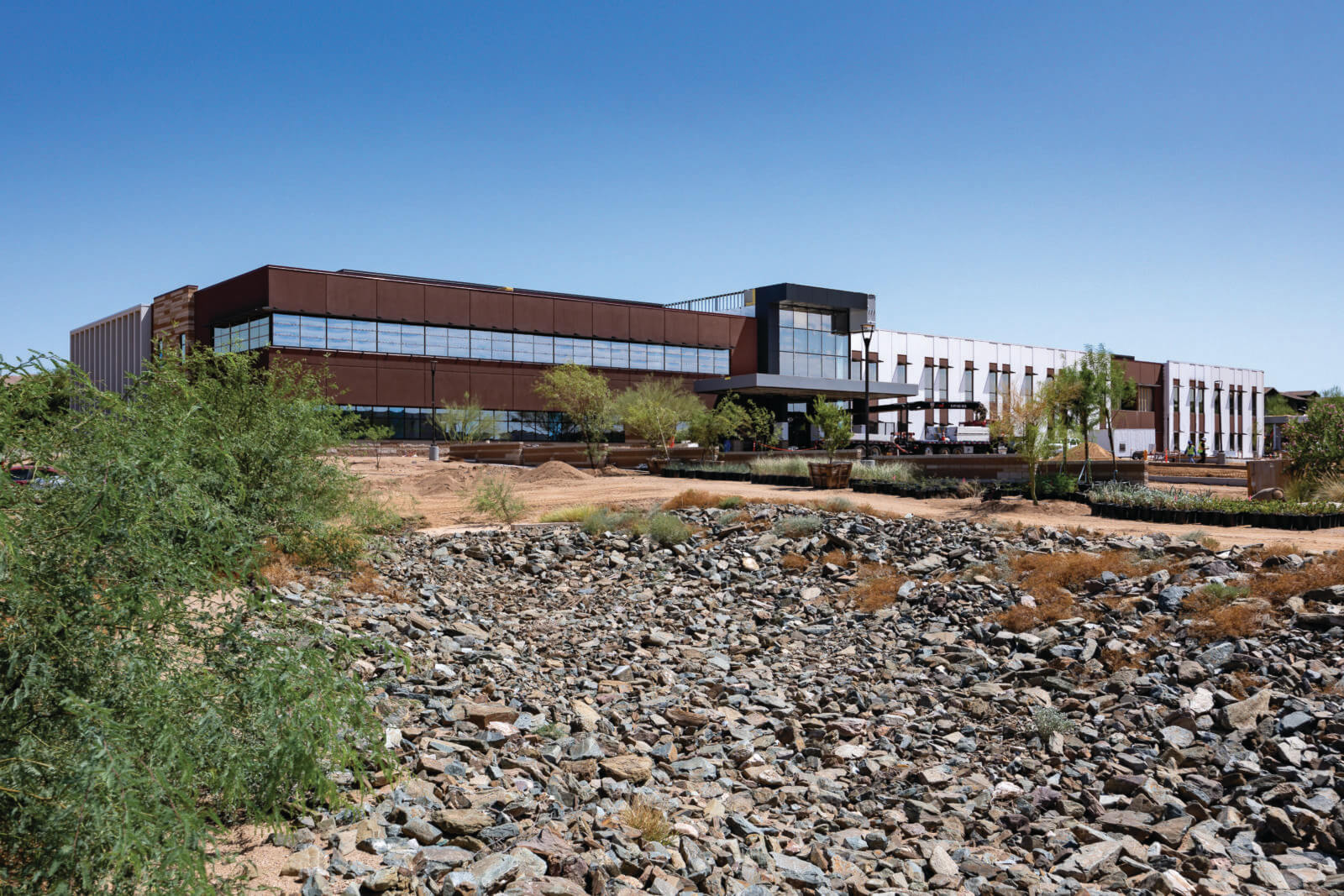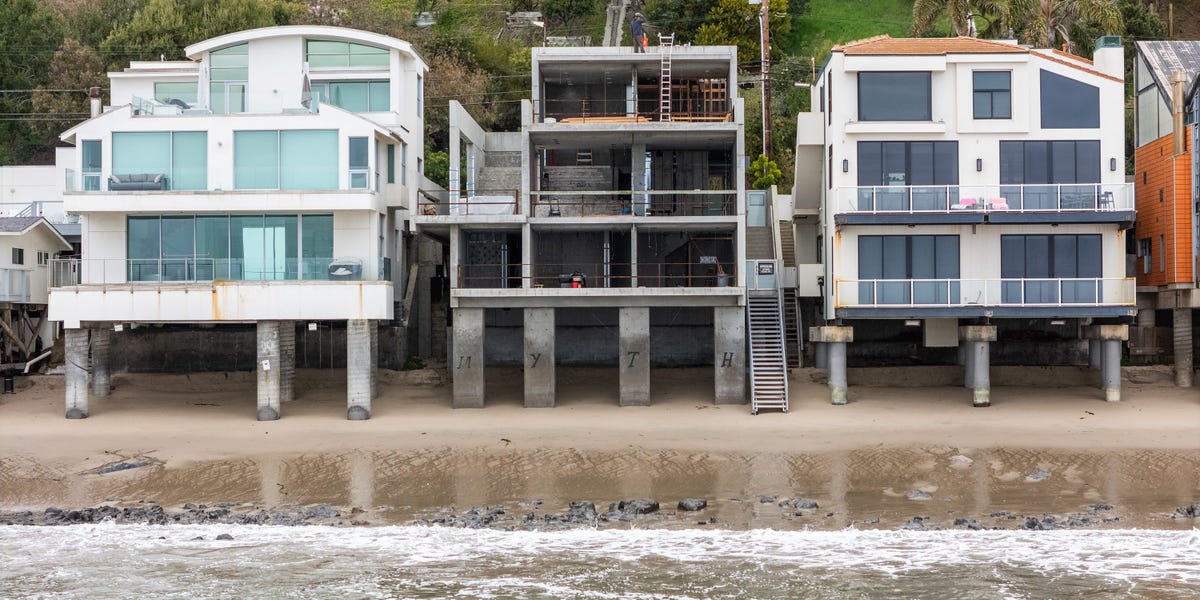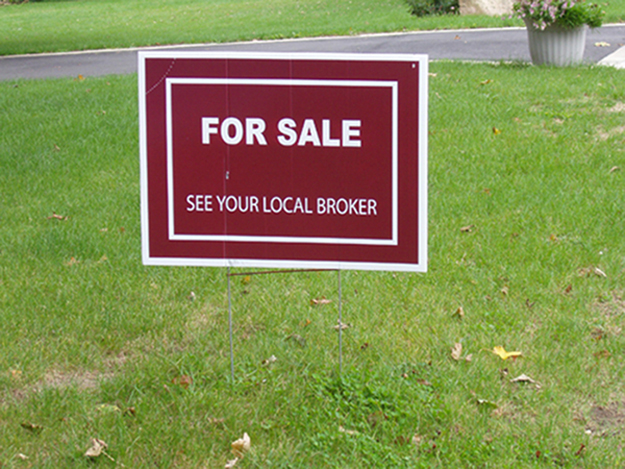A
rizona’s booming population is transforming the Valley’s healthcare real estate, creating both promise and pressure. New neighborhoods demand care that is convenient, affordable and patient‑focused, pushing providers and developers toward outpatient and community‑based models while grappling with escalating costs and logistical challenges.
The 2025 conversation centers on two themes: the rise of ambulatory care outside hospitals and the financial hurdles of building new facilities. Every new project feels like a mix of excitement and caution. Expanding access beyond the traditional hospital is essential, yet construction delays, cost overruns and financing obstacles frequently stall progress.
Perry Gabuzzi, senior vice president at Kidder Mathews, notes that as home developments spread, medical offices must stretch to serve these communities. “We’ll keep seeing that trend,” he says.
**Outpatient Shift**
Comfort and affordability have become the new priorities for Valley providers. Decades ago, doctors’ offices, surgery centers and hospitals were seen as one entity, but that model limited patient recovery space and mobility. Today, clinics and surgery centers are being built outside hospital campuses to deliver personalized, community‑based care.
“Patients don’t like going to a hospital campus for routine care,” Gabuzzi explains. “A regular check‑up is best done near home, with easy parking. That’s why outpatient care is expanding.” Expanding surgery centers outside hospitals benefits patients and boosts local economies. New homes bring new doctors’ offices, creating a cycle of investment.
Philip Wurth, senior vice president at CBRE, says the trend began a decade ago when Banner pioneered regional clinics. “Now private physicians and other systems have followed, especially with policy changes that incentivize outpatient services,” he adds. Ambulatory surgery centers (ASCs) are now a major growth area. Once niche, ASCs allow procedures in specialized, outpatient‑focused environments that are easier to access and cheaper to build than full hospitals.
Vince Femiano of Transwestern’s healthcare advisory team notes that ASCs are “back.” Physicians are partnering with private equity, injecting new capital and encouraging specialty doctors to open ASCs linked to large groups. Private equity sees ASCs as attractive investments, partnering with specialty physicians and national networks to expand rapidly in high‑growth markets. This synergy creates an ecosystem where ASCs thrive, offering streamlined patient experiences and strong returns for stakeholders.
For patients, ASCs provide a lower‑cost alternative without sacrificing quality. “The highest cost to deliver healthcare is in the hospital,” says Julie Johnson of Colliers. “People are trying to keep patients out of the hospital and care for them in lower‑cost settings such as ASCs. As more surgeries can be done outpatient, it’s less costly, and the patient can go home that night.” This model improves affordability and aligns with consumer expectations for convenient, patient‑centered care.
**Rising Real Estate Costs**
Despite the goal of a more convenient, economical system, establishing new facilities faces significant hurdles. In 2025, the biggest obstacle for developers and brokers is the rising cost of materials and the persistent shortage of skilled labor. Contractors report material costs climbing up to 80% for essentials like fuel, asphalt and steel, while labor expenses have risen over 20% in two years. Projects must be booked further in advance and are often delayed due to manpower shortages.
The timeline alone makes ground‑up projects difficult to justify. “Building a new building can take two years plus, depending on zoning and other factors, but redeveloping a building can be done a lot quicker,” Gabuzzi says. Repurposing existing structures can also reduce rental rate gaps, making projects more financially viable.
The steep rise in construction costs and financing challenges has slowed new healthcare real estate development. With debt and equity harder to secure and material and labor costs climbing, many developers are shifting focus away from ambitious ground‑up projects. Instead, they are leaning more heavily on leasing within existing buildings, a trend that keeps healthcare services expanding but without the pipeline of fresh facilities expected in a fast‑growing market.
Johnson explains, “There’s been very little development because of the high cost of construction and high cost of capital and unavailability of debt and equity. Since there’s not a lot of new activity, that has spurred more leasing in the existing medical office buildings that we have.” The few new projects that do break ground are dominated by hospital systems and large investment‑backed groups. Smaller practices and independent physicians often find themselves priced out, as only organizations with significant resources can absorb the cost burdens tied to modern construction.
Kevin Smigiel of Transwestern Phoenix notes, “There’s been maybe four medical offices to have truly come out of the ground in the last two years. Most of them are all anchored by a hospital. With construction costs through the roof right now, our first preference is to find something that can be readily repositioned into a medical building.”
**Adapting to a Changing Market**
These dynamics create a commercial real estate market where adaptation is key. With traditional development slowed by cost barriers, healthcare real estate leans more heavily on creative reuse, strategic partnerships and hospital‑backed projects to meet demand. While this limits the flexibility smaller providers once had, it underscores a broader truth: delivering healthcare in Arizona’s booming communities will increasingly depend on collaboration and resourcefulness in the face of economic pressure.












